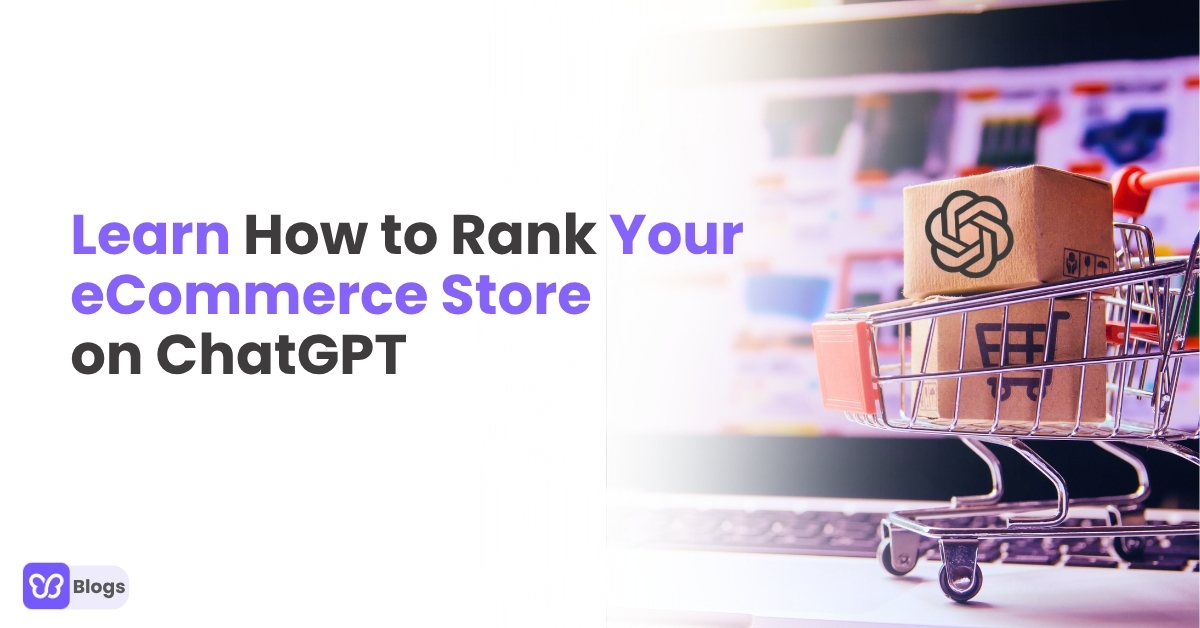Let me guess—you’ve probably seen a pricing table a hundred times. But did you know most people’s brains are wired to hate confusing ones? Seriously, the last thing you want is to lose a potential customer because your pricing table is a headache to read. Well, we’re about to change that.
Start a free trial and enjoy 3 months of Shopify for $1/month on select plans.











